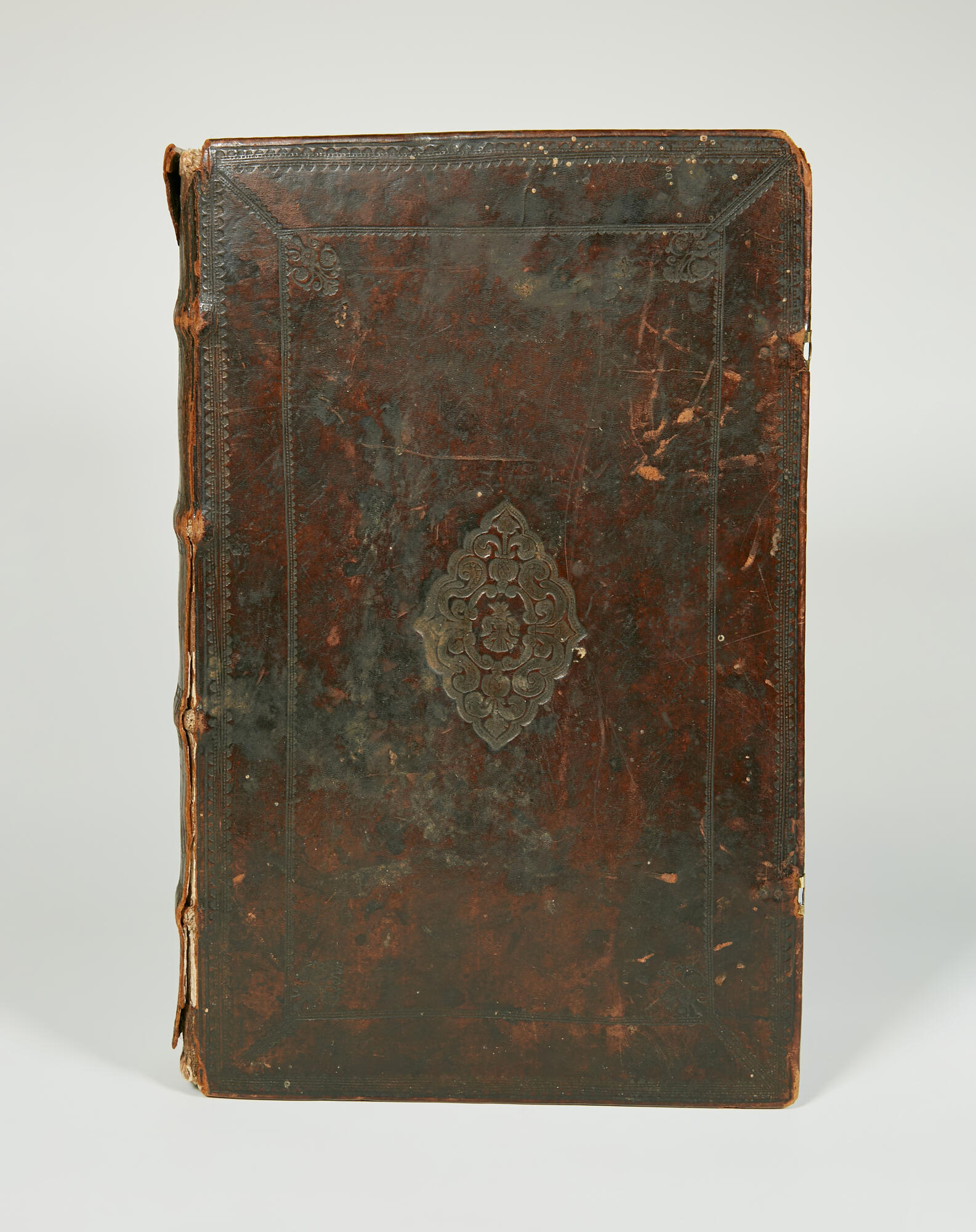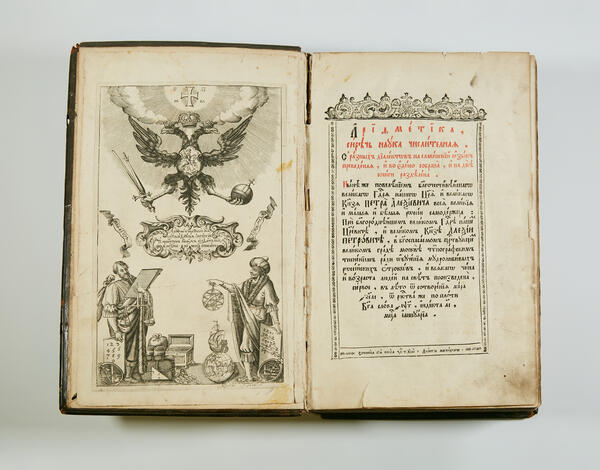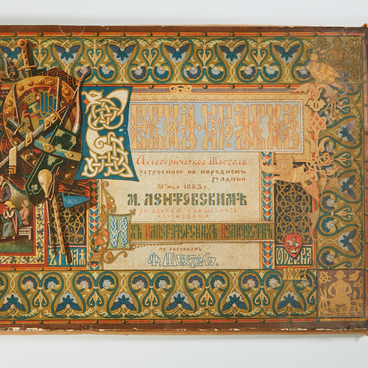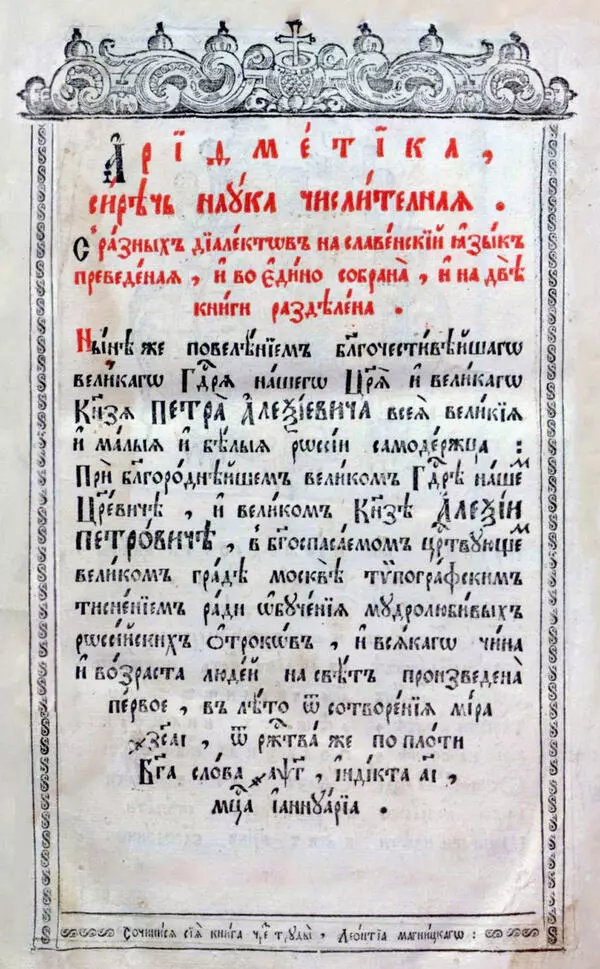The permanent exhibition of the Museum of Moscow houses a copy of the first Russian math textbook, “Arithmetic: The Science of Numbers” by Leonty Magnitsky.
Leonty Magnitsky was born as Leonty Telyatin, or Telyashin, in the town of Ostashkov in 1669. In 1703, when he worked as a mathematics teacher at the School of Navigation, Leonty Magnitsky was commissioned by Peter I to write Russia’s first math textbook. The institution was located in the Sukharev Tower at the intersection of Sretenka and the present-day Garden Ring — it trained cartographers, surveyors, shipbuilders, navigators and other masters who played a crucial role in the formation and development of the Russian navy.
Tables for “Arithmetic” were prepared by the cartographer and calligrapher of the Armory Vasily Kipriyanov. The book with engravings was published at the Moscow Print Yard with a large print run of 2,400 copies. The textbook was used in schools to teach math for a long time: Mikhail Lomonosov called it “the gates to erudition”.
In the preface to “Arithmetic”, Leonty Magnitsky wrote, “All Russian people will make good use of this work.” Magnitsky’s wish came true: the book became a true encyclopedia of mathematical knowledge. Two parts of the textbook contain information on arithmetic, algebra, geometry, trigonometry, astronomy, geodesy, and navigation. The material is presented in the following manner: each new rule is accompanied by a simple example, followed by a general conclusion, and then by problems designed to help students solidify their knowledge. Magnitsky introduced a number of mathematical terms such as “multiplier”, “divisor”, “dividend”, “product”, “root extraction”, etc., and replaced words like “crowd” or “legion” with numerals such as “million”, “billion”, etc. Latin and Greek letters are used in the formulas and Arabic numerals — in the tables.





